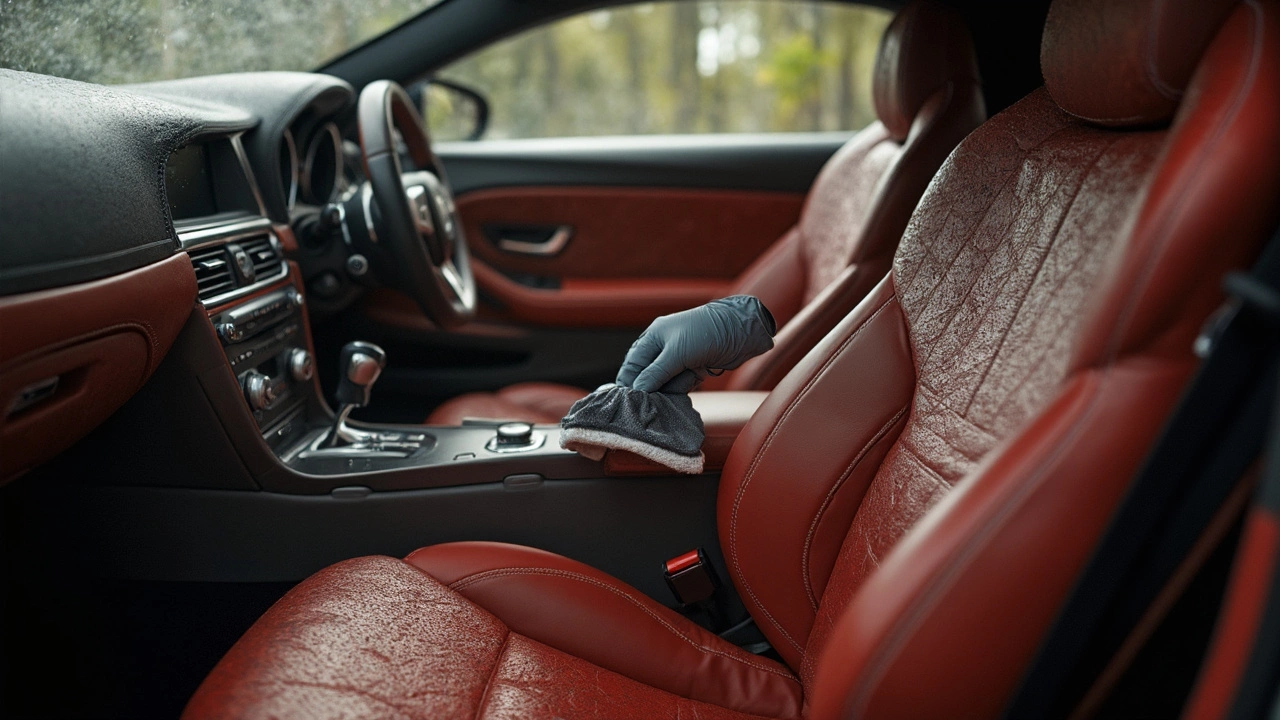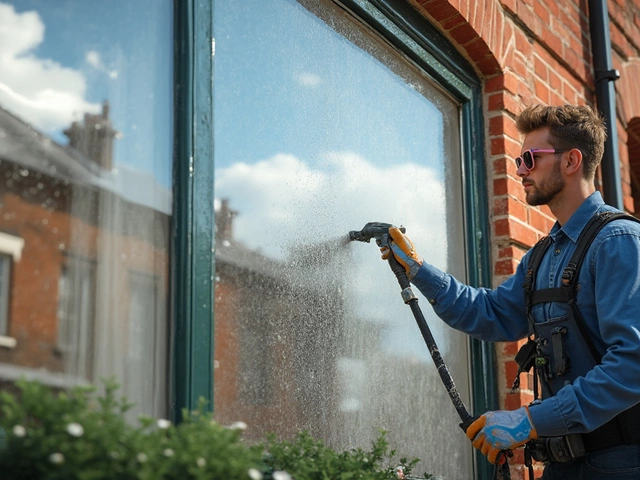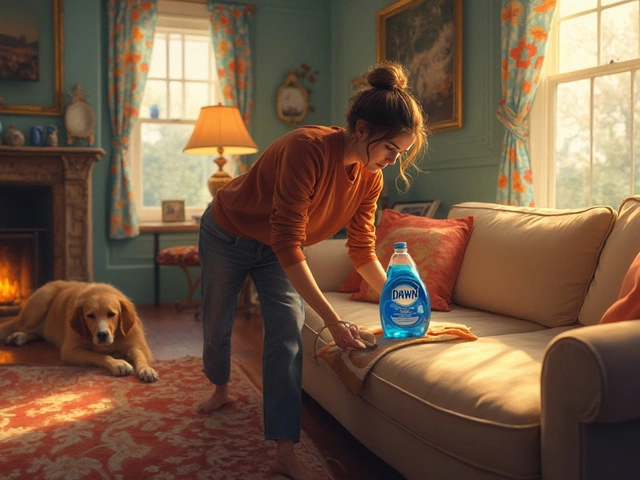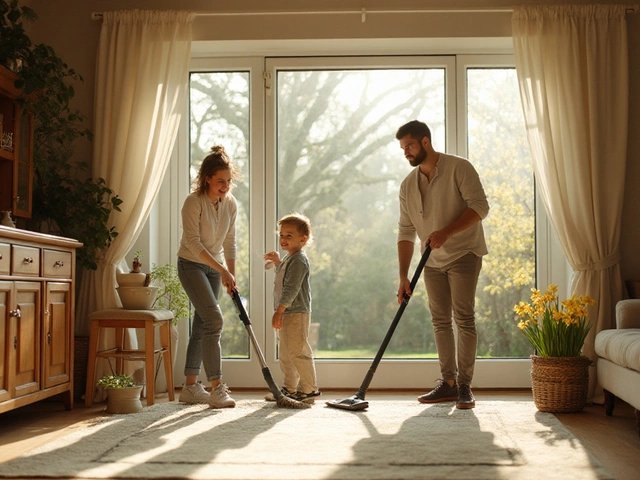Ever find yourself wondering what professional detailers use to make upholstery look brand new? Well, let me tell you, it's not just elbow grease. There's a whole arsenal of tools and products that the pros rely on.
For starters, detailers swear by steam cleaners. These nifty machines use hot steam to lift dirt and grime without soaking the fabric, meaning no water spots when it dries. That's a game-changer right there.
Now, about those annoying stains. You know the ones—coffee spills, ink marks, and who-knows-what from last weekend's road trip. Detailers often use enzyme cleaners. These magic solutions literally break down stains into nothingness. It sounds complex, but it’s basically science at work, and you can pick these up from most stores.
- Essential Tools for Upholstery Cleaning
- Spot Treatments and Stain Removal
- Eco-Friendly Cleaning Options
- Maintenance Tips for Longevity
Essential Tools for Upholstery Cleaning
Alright, if we're diving into the world of upholstery cleaning, having the right tools is a must. It's like making a cake; you need the right gear or you're in for a mess. So, what's in a detailer's toolkit?
Steam Cleaners
The first superstar in upholstery care is the steam cleaner. Why? Because it tackles dirt with hot steam. This approach not only cleans but sanitizes—killing off those pesky bacteria you can't see. It's a top pick for detailing pros because it lifts grime without leaving fabric damp.
Vacuum Cleaners
A strong vacuum cleaner is another must-have. Detailers use vacuums with various attachments, giving them the flexibility to reach into those tricky spots. You'd be amazed at what can hide between cushions! And it's not just for loose dirt; a vacuuming before deep cleaning ensures you’re not smearing dust around.
Brushes of All Types
Ever noticed how some stains just seem to dig in? That's when brushes come into play. Detailers use soft-bristled brushes for general cleaning and harder brushes for stubborn spots. The key is to use the right type—soft enough to avoid damage but tough enough to work out engrained dirt.
Microfiber Cloths and Towels
Microfiber is a detailer's best friend. These cloths are super absorbent and gentle, perfect for wiping down surfaces. They're ideal for drying without leaving trails of lint behind. It's these little things that can make a big difference.
- Upholstery Cleaner: Tailor-made formula that's effective yet gentle on fabrics.
- Enzyme Cleaner: Specifically targets and breaks down stubborn organic stains.
- All-Purpose Cleaners: Great for tackling a variety of surfaces, not just fabrics.
With these tools, tackling that ketchup spill or mystery smudge just got a lot easier. Remember, using quality products is part of the upholstery cleaning magic.
Spot Treatments and Stain Removal
Tackling stains is a bit of an art form, and detailers have it down to a science. First thing's first, different stains need different remedies. That's why the pros have a wide array of solutions ready to go.
Identifying the Stain
Before jumping into cleaning, it’s crucial to identify the type of stain. A coffee spill requires a different approach compared to an ink blot. Improper treatment could make things worse, so pinpointing what's causing the trouble is step one.
Tried-and-True Methods
For general upholstery cleaning and basic stains like mud or food, a mix of mild dish soap and water is a solid start. Dab—don’t rub—with a clean cloth, to avoid driving the stain further into the fabric.
Specialized Products
When it comes to tackling tougher stains, detailers often reach for specific products. Let's talk about enzyme cleaners. These are perfect for organic stains like blood or sweat. They break down the stain at a molecular level—getting right to the core of the problem.
Grease and Oil
Grease or oil stains are a beast on their own. Some pros swear by using a dab of alcohol-based product or even cornstarch to lift the oil before cleaning.
DIY and Store-bought Options
If you're into DIY, baking soda can work wonders for lighter stains, while vinegar mixed with water gives a natural cleaning boost. On the flipside, there are loads of store products designed specifically for upholstery cleaning.
Handy Tips
- Always test any cleaner on a hidden spot first to make sure it doesn’t discolor the fabric.
- Avoid over-wetting. Excess moisture can lead to mildew.
- Blot, don’t scrub: gentle blotting helps lift the stain without spreading it.
A quick pro-tip: If a stain doesn’t budge, instead of risking damage, sometimes it’s better to call in a professional detailer. They've got the experience and tools to handle it without a fuss.
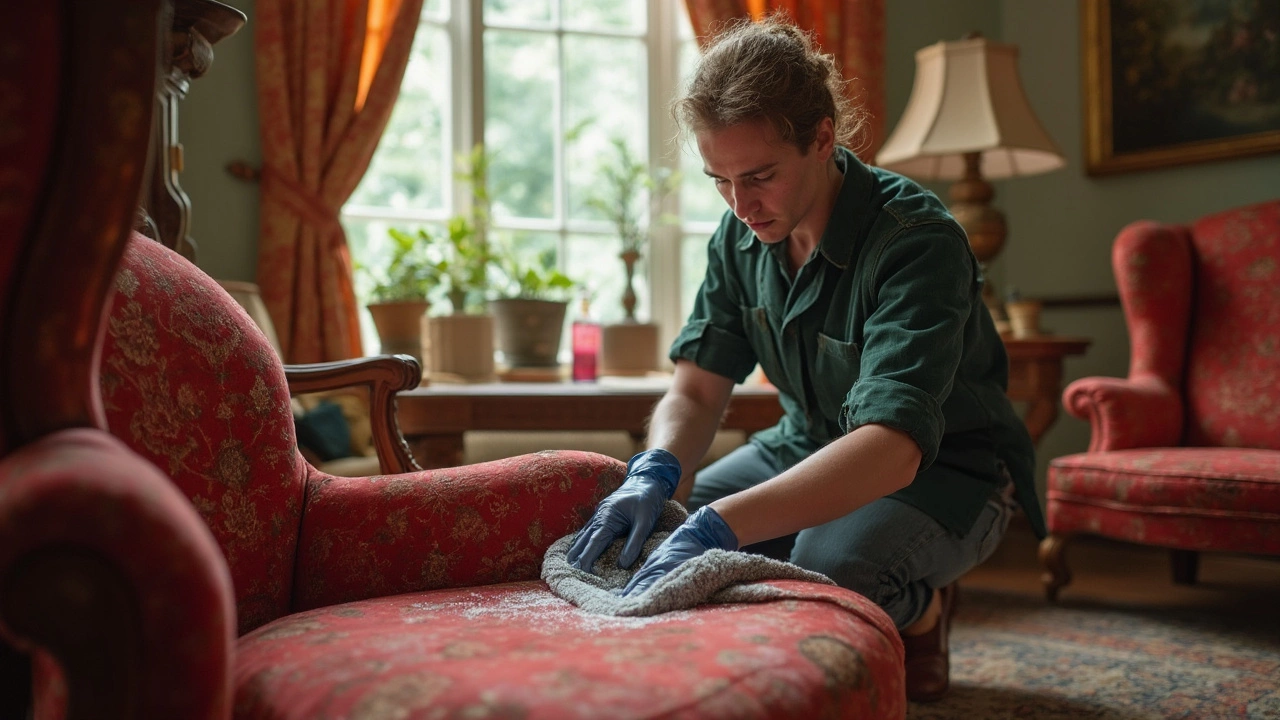
Eco-Friendly Cleaning Options
Worried about harsh chemicals? Good news! There are several eco-friendly ways to clean that upholstery without damaging the planet. More people are making the switch to greener methods, and for good reasons.
Natural Ingredients
First up, good ol' baking soda and vinegar. These two are a power couple when it comes to cleaning. Sprinkle baking soda over the fabric, let it sit for a few minutes, then vacuum it up. It'll absorb odors and loosen up dirt. For stains, combine vinegar with water in a spray bottle, lightly mist the spot, then blot with a clean towel. Who knew everyday pantry items could work so well?
Plant-Based Cleaners
Did you know there are plant-based upholstery cleaning products on the market now? They're getting pretty popular. These products often use essential oils and plant extracts to keep your furniture fresh without any nasty side effects. Method and Seventh Generation are brands making waves in this space.
Reusable Tools
Swapping disposable cloths for reusable microfiber ones can save tons of waste. They pick up dirt and debris like a magnet and can be washed and reused multiple times. It's a small change but adds up over time.
Consider Saving Water
Detailers practicing eco-friendly cleaning also keep an eye on water use. By opting for low-water or waterless solutions, you can save significant amounts of water. These products often create a foam that you can wipe away with a cloth, reducing your water footprints in the process.
Eco-friendly options aren't just a fad—it's the way forward, because who doesn't want to keep their upholstery and the Earth in tip-top shape?
Maintenance Tips for Longevity
Keeping upholstery in tip-top shape doesn’t have to be a chore if you establish a regular routine. The first step? Vacuum regularly. This might sound simple, but it’s crucial. Dirt and dust particles, if left unattended, can grind into the fabric and cause premature wear.
Rotate and Flip Cushions
Ever noticed how your couch gets a comfy groove in your favorite spot? To avoid uneven wear, rotate and flip your cushions every few months. It’s all about prevention, right?
Utilize Protective Sprays
Consider using a fabric protector spray. These create a barrier that makes spills bead up instead of soaking in. As Henry Knot, a seasoned detailer, says,
“A good protector can make the difference between a small cleanup and a permanent stain.”
Mind the Environment
Keep upholstery out of direct sunlight. UV rays can fade colors and weaken fabrics over time. If you must put it near a window, use blinds or shades during peak sunlight hours.
Keep an Eye for Trouble
If you spot stains or spills, tackle them immediately. But here's a pro-tip: Test any cleaning products on a hidden area first. That way, you won’t ruin an entire cushion with a product that doesn’t play nice with your fabric.
Regular Professional Cleaning
Even with the best care, occasionally bringing in a professional can help. They have access to specialized treatments and tools that can rejuvenate your upholstery like nothing else.
Implementing these simple steps not only extends the life of your upholstery, but also keeps your space looking fresh and fabulous.
